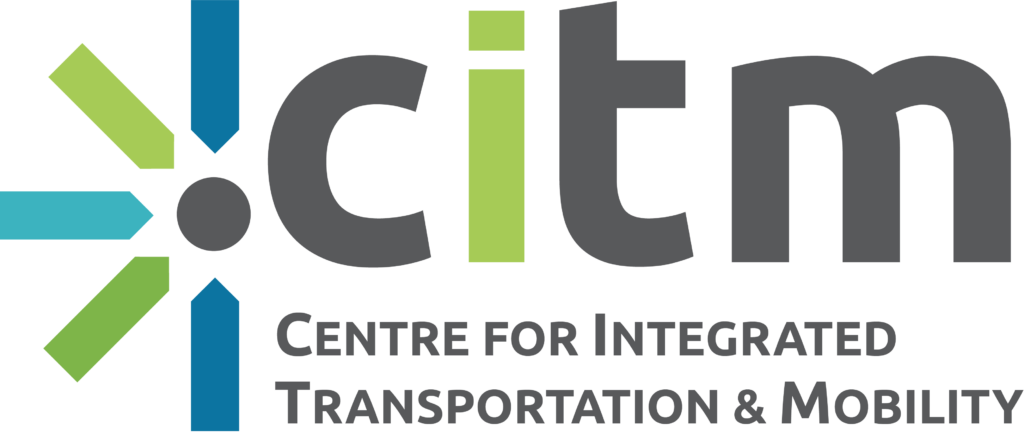Home » How electrifying transportation could surge Ontario’s economy
How electrifying transportation could surge Ontario’s economy

Original Article by Stefan Palios, betakit.com, November 22, 2022
For generations, Ontario has been a key player in North American automaking. It now has the opportunity to lead as the industry moves toward electrification—but only if innovators have the right resources and governments keep playing nice.
It’s a tall order, but something Richard Dunda, the Director of the Centre for Integrated Transportation and Mobility (CITM), believes is possible. Speaking with BetaKit, Dunda explained what’s pushing the trend toward electrification and how Ontario’s economy stands to gain.
An environmental and financial demand for innovation
While the electrification of transportation has always had an environmental component, there’s now a market-based argument. Demand is increasing globally for electric vehicles and companies want to make money on this transition.
Dunda explained the economic argument has three key prongs. The first is simply scale: as demand for electric vehicles grows, the economies of scale behind EV production become more profitable. The second is that the cost of ownership over the lifecycle of an electric vehicle is lower than a combustion engine vehicle because it requires less regular maintenance. And finally, the costs to fuel electric vehicles are significantly lower than combustion engine vehicles. This is true in most advanced economies, particularly as demand for solar energy continues to grow and reduce the overall costs of electricity. But Dunda explicitly called out Ontario’s relatively low electricity rates, due to the presence of hydroelectric power, as a reason why EVs could thrive here.
“The change to electric vehicles is the right thing for the industry to do to remain competitive and profitable,” said Dunda.
The economic argument isn’t lost on investors, prompting significant investment into the space both from private investors in individual startups and governments putting together a half-billion dollar fund to build EV infrastructure.
Ontario is uniquely positioned to lead
All of Canada has market opportunities with EVs with reports suggesting it could be worth nearly $50 billion to the national economy. But Dunda singled out Ontario as having incredibly high potential because of its natural resources.
“It’s important to note that Ontario is the only jurisdiction in North America that has the entirety of the battery supply chain,” said Dunda. “From the lithium that comes out of the ground, which is in Northern Ontario, to battery recycling and repurposing, which is also happening in this province, as well as the construction of batteries, cathode plants that largely runs up and down the 401 corridor, just like the auto industry does today.”
CITM is one of seven Regional Technology Development Sites (RTDSs) funded by the Ontario government, as part of the Ontario Vehicle Innovation Network (OVIN). While CITM is located in Hamilton, the other locations are in: Windsor, Kitchener, Markham/Toronto, Oshawa/Durham, Ottawa, and North Bay/Sudbury.
Dunda explained that CITM provides both technology infrastructure and business services assistance. From a technology perspective, CITM clients gain free access to both a 5G network and smart data repository so they can securely work on electrified (and connected) transportation projects. From a services perspective, CITM provides its clients with expert consulting internally and helps facilitate partnerships and pilot projects to drive commercialization. For instance, CITM has a relationship with key smart connection and electrified transportation companies Nokia, Linamar, and Geotab for new startup founders to learn more about building connected infrastructure and leverage each global tech company’s resources.
When it comes to who can join CITM, it’s an open invitation with two caveats. First is that membership is Ontario-based, either companies already in Ontario or companies willing to relocate. The second is industry fit, as CITM only works with companies developing solutions in electrified vehicle and alternative powertrain technology, electric and hydrogen energy infrastructure, connected and autonomous vehicle systems, smart transportation infrastructure, and transportation-as-a-service solutions.
There’s more to auto innovation than Tesla chargers
A lot of energy—no pun intended—is focused on electrification infrastructure like EV charging stations. However, Dunda shared that this is only half the equation. For innovators who truly want to unlock the potential of electrification in transport, Dunda was adamant that they need to look at hydrogen fuel cells in addition to EVs, particularly for larger vehicles like trucks, trains and specialty vehicles that carry very heavy payloads.
While retail electrification such as Tesla charging stations get a lot of press (and funding), Dunda explained that hydrogen fuel cells are more likely to power commercial electrification use cases, such as long-haul truck batteries. If hydrogen fuel cells can recharge electric batteries in long-haul trucks, that means longer ranges and the ability to go into more remote areas without concern of finding a charging station. Innovations like this result in even further economic growth and demand for electrification, furthering both economic growth and environmental decarbonization.
“The larger the vehicle, the more likely it is that the fuel cell is the source of electricity that’s driving the electric motor,” said Dunda.
To learn more about the programs, resources, and services available at CITM, connect with them here.
Innovation Factory
Innovation Factory is a business accelerator, dedicated to helping Ontario-based businesses launch, scale, and succeed. Supporting the Brant, Halton, Hamilton and Norfolk regions, we provide start-ups, and scaling companies with advisory services, training, mentorship, and strategic connections to help bring disruptive technologies to market, leverage intellectual property, increase revenues, attract investment and create jobs. Innovation can happen anywhere, our goal is to make it work everywhere. We work to elevate key industry sectors including advanced manufacturing, clean tech, information technology, smart transportation, life sciences & health care and social innovations. We are passionate about driving the growth of Ontario businesses like yours. Whether you are an entrepreneur bringing new ideas to market or a scaling business trying to get to the next level, we want to help.

